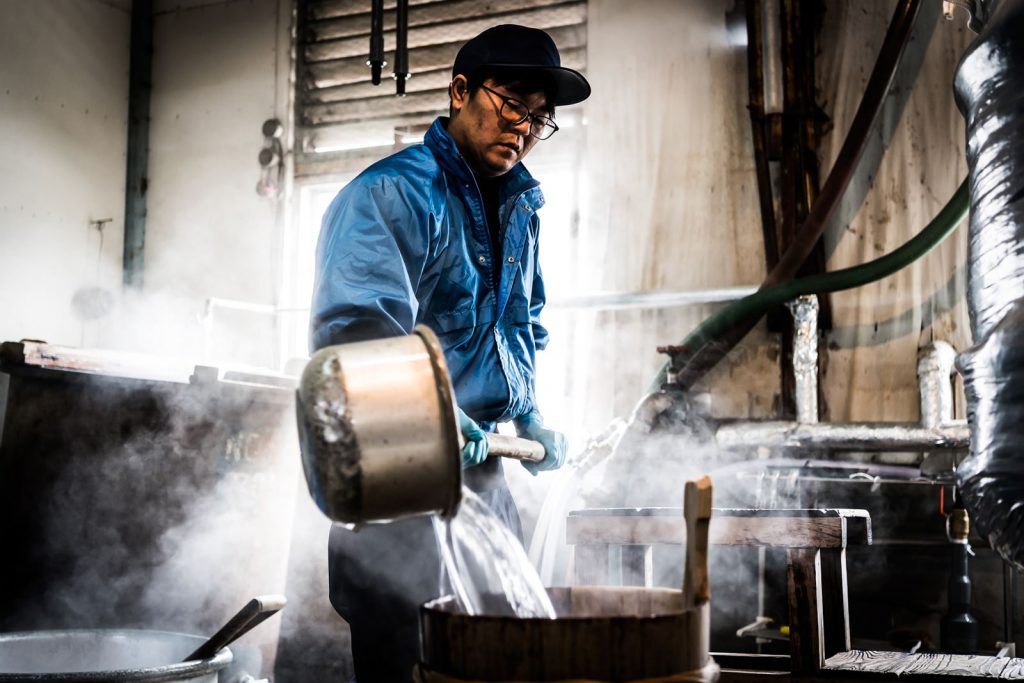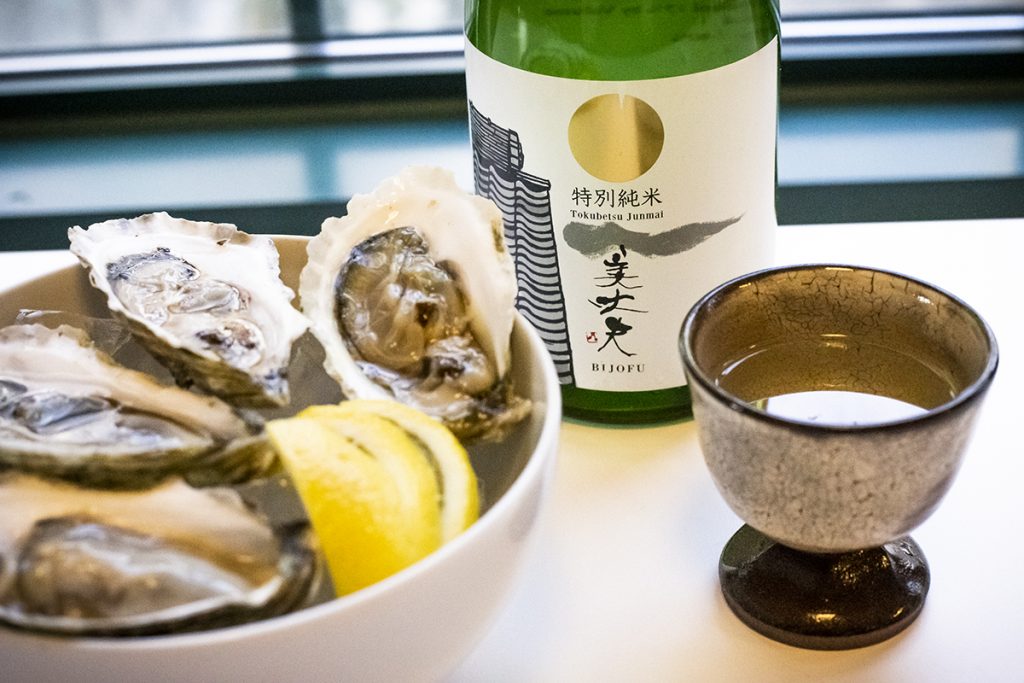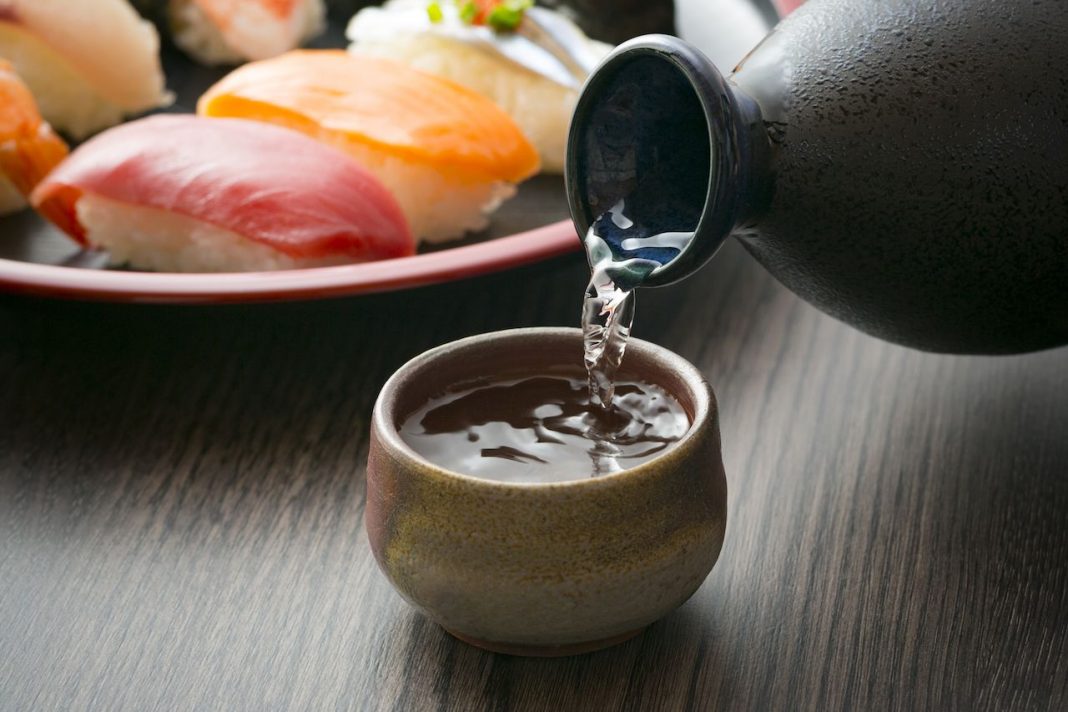The foundations of good sake are quality rice, clean water, koji mold and yeast. They are combined and fermented in precise processes that have been refined over the centuries. Typically filtered (although unfiltered products are also available), the resulting clear to slightly yellowish rice wines have an alcohol content of around 15 percent and relatively mild flavor profiles, ranging from light and crisp to richer, more substantial, fruity notes. Sake pairs well with almost any kind of food but compliments the delicate flavors of traditional Japanese meals particularly well.

Sake can be found at most establishments serving alcohol, especially at restaurants and drinking establishments such as izakaya and bars. There are also specialty sake bars that stock a wide range of sake from various regions.
Sake can be served chilled, warmed or at room temperature. Some types, like ginjo, are preferred cool, while junmai is often enjoyed at room temperature or warmed. Each individual sake has its own temperature that best brings out the flavors, and personal preference is extremely important as well.

Similar to wine, sake comes in a range of flavors that vary in complexity and nuance. At the most basic level, sake is described as either sweet (ama-kuchi) or dry (kara-kuchi). The sweetness of sake is often listed on the menu with a number value known as the sake meter value (nihonshudo). The scale goes from -15 (very sweet) to +15 (very dry).
Sake is an extremely versatile drink and pairs quite well with food. Classic Japanese foods such as sushi, sashimi, and tempura are obvious accompaniments, but sake with cheese, oysters or vegetables can be just as delicious. Sake is significantly higher in umami than other brews so it can enhance the flavor of very rich dishes like stews, ramen, and steak.















